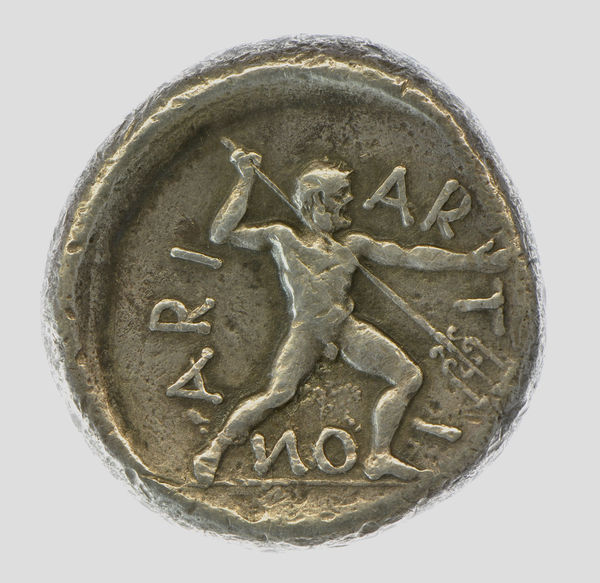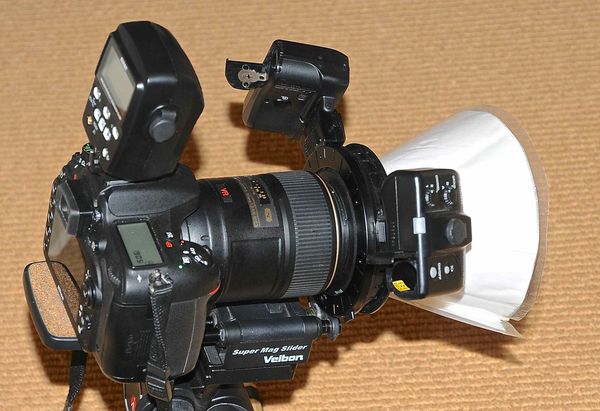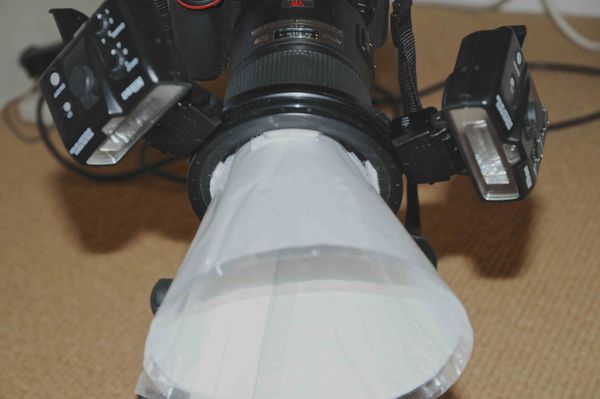Macro lens
Nov 27, 2015 01:09:49 #
Mark7829
Loc: Calfornia
Lionel1954 wrote:
Keeping in mind that all 100mm macro lenses are pretty much equal in performance and sharpness.
The one lens that stands out above them all is the Tokina 100 mm macro lens and the added feature is that it is one of the least costly of all macro lenses.
FYI I shoot Nikon and of all my macro lenses my 100 mm macro is the tokina lens, it is built like a tank and the performance is second to none. (I own 4 macro lenses)
The one lens that stands out above them all is the Tokina 100 mm macro lens and the added feature is that it is one of the least costly of all macro lenses.
FYI I shoot Nikon and of all my macro lenses my 100 mm macro is the tokina lens, it is built like a tank and the performance is second to none. (I own 4 macro lenses)
Sharpness is only one criteria, you also want to talk elements and groups, chromatic aberration, distortion, weather sealing, coatings, VR, transmission rates, AF, AF override, materials, construction. rounded or square, and number of aperture blades and resale value?
Nov 27, 2015 01:24:44 #
Lionel1954 wrote:
We invite you to post macro-photographs in the UHH True Macro-Photography Forum at http://www.uglyhedgehog.com/s-102-1.html .I own 4 macro lenses
Nov 27, 2015 01:28:00 #
Mark7829 wrote:
Sharpness is only one criteria, you also want to talk elements and groups, chromatic aberration, distortion, weather sealing, coatings, VR, transmission rates, AF, AF override, materials, construction. rounded or square, and number of aperture blades and resale value?
I agree with all you say, all 100 -105mm lenses all seem equal in all those regards. Look into it for yourself and you will be amazed how closely they all are in those categories. Macro photography has been a staple with me from the early 1980's so I have amassed considerable amount of knowledge regarding macro photography equipment.
Nov 27, 2015 01:33:19 #
Nikon, Canon, Tokina, Sigma, and Tamron ALL make excellent macro lenses. This is an interesting, independent comparison of Tokina, Sigma, and Tamron:
Third-Party Macro Lenses Compared
http://www.uglyhedgehog.com/t-213504-1.html
Third-Party Macro Lenses Compared
http://www.uglyhedgehog.com/t-213504-1.html
Nov 27, 2015 10:05:18 #
Nikonian72 wrote:
When shooting 1:1 magnification with a 60-mm macro lens, what is your WORKING DISTANCE? (lens front element to subject)
I have always admired your comments in this forum and I am ready to acknowledge that you have great insights on all topics photographic. My earlier comments were addressed to someone who needed basic information on macro lenses. As an archaeologist, I have the need to maintain record of a variety of objects, including many tiny ones, and have handled macro lenses for many years. Nikon first achieved 1:1 ration on its first AF 105mm, f/2.8 released in 1990. In the old days, we used extension tubes on our macro lenses. The 60mm macro is a great all-purpose lens and focuses as close as 21.9cm. The advantage of the 70-180mm macro is that it can reach objects far away but maintains the correct focus as we zoom in and out. In my archaeological work, I have mostly used an 105mm macro and I also think it's the best for all sorts of professional applications. However, we not always need 1:1 ratio. For example, when we copy an old photograph, the old AIS 55mm f/2.8 achieves very accurate results that usually -with a little help from PS- make the copy look better than the original. I have also photographed many ancient coins, as in the attached example.

Nov 27, 2015 10:53:04 #
The shorter focal lengths are fine for static subjects when life size images are not required. The biggest drawback to them is the ability to properly light your subject when you are in so close. The older Nikkor micro zoom (& the older Vivitar macro zoom as well) only go to 1/2 life size & thus are better suited for static subjects as you have more working distance...
ssymeono wrote:
I have always admired your comments in this forum ... (show quote)
Nov 27, 2015 12:14:52 #
Leitz
Loc: Solms
moonhawk wrote:
Another advantage to the longer macros, in addition to the greater working distance, is the narrower field of view, which helps when framing to find/keep and uncluttered or darker background.
So as not to confuse newcomers, it should be pointed out that at a given reproduction ratio, the field of view is the same regardless of the focal length.
Nov 27, 2015 13:34:06 #
Screamin Scott wrote:
The shorter focal lengths are fine for static subjects when life size images are not required. The biggest drawback to them is the ability to properly light your subject when you are in so close. The older Nikkor micro zoom (& the older Vivitar macro zoom as well) only go to 1/2 life size & thus are better suited for static subjects as you have more working distance...
Concerning proper lighting on extreme close-ups, we have found a simple solution: we make different-sized cylinders from opaque mylar drafting paper -we use a lot of it in our work- and they diffuse the light like minute tents (as in the above photograph). Working far away from civilization, we have learned to be inventive.
Nov 27, 2015 14:16:43 #
Leitz wrote:
So as not to confuse newcomers, it should be pointed out that at a given reproduction ratio, the field of view is the same regardless of the focal length.
I noticed that.
Nov 27, 2015 15:32:29 #
Nov 27, 2015 16:14:48 #
ssymeono wrote:
I have always admired your comments in this forum ... (show quote)
Here is what I used to photograph coins. It works well with even the shiniest of coins. It might make your work a little "transportable". My rig consists of DSLR+105 macro lens + R1C1 with a DIY diffusion cone. The cone can be removed and stored flat. I made it by sandwiching diffusion material between heat-sealed clear plastic. I used velcro to attach the cone to the R1C1 front adapter and along the sides of the cone when not stored flat.


Nov 27, 2015 16:37:35 #
LoneRangeFinder wrote:
Here is what I used to photograph coins. It works well with even the shiniest of coins. It might make your work a little "transportable". My rig consists of DSLR+105 macro lens + R1C1 with a DIY diffusion cone. The cone can be removed and stored flat. I made it by sandwiching diffusion material between heat-sealed clear plastic. I used velcro to attach the cone to the R1C1 front adapter and along the sides of the cone when not stored flat.
This is brilliant, I am sure it works for coins and other small objects!
Nov 27, 2015 16:58:41 #
Nikonian72 wrote:
When shooting 1:1 magnification with a 60-mm macro lens, what is your WORKING DISTANCE? (lens front element to subject)
ssymeono wrote:
21.9-cm = 219-mm = 8.6-inches. This is not correct. My 105-mm macro lens MWD is 157-mm = 6.2-inches. Your MWD should be less.The 60mm macro is a great all-purpose lens and focuses as close as 21.9cm.
The mathematical Minimum Focusing Distance of a 60-mm macro lens to achieve 1:1 magnification (life-size) is 90-mm = 3.54-inches, and the actual MWD is extremely close to this distance. This is fine for recording a coin on a table-top macro set-up with dedicated illumination from both sides, which can be adjusted until photographer is happy with final capture, but NOT practical in the field. In my experience, the vast majority of novice macro-photographers are initially interested in learning how to photograph small flowers, insects, spiders, etc., in the field. This is why most experienced macro-photographers recommend macro lenses in the 90-mm (5.3-inches MWD) to 105-mm (6.2-inches MWD) range.
Nov 28, 2015 10:55:11 #
Nikonian72 wrote:
21.9-cm = 219-mm = 8.6-inches. This is not correc... (show quote)
For some reason, the manual I consulted gave me the distance as 219mm, which happens to be the distance between the sensor and the object. At that distance, I have measured the front of the lens to be as close as 90mm to the object, so your measurement is the better way of calculating the actual distance. There must be a reason for which the manufacturers measure the distance to the sensor (?).
Nov 29, 2015 03:02:35 #
ssymeono wrote:
The shortest distance from sensor to subject is known as the Minimum Focusing Distance (MFD), and is known and recorded for ALL lenses, zoom or prime.There must be a reason for which the manufacturers measure the distance to the sensor (?).
Macro-Photographers are much more concerned with Minimum Working Distance (MWD), which is only pertinent to macro lenses, and refers to the distance from lens front element to subject. When the MWD becomes short (a characteristic of short focal length macro lenses), illumination of subject becomes quite problematic, especially in available light.
An experience macro-photographer would know this without having to refer to the manual.
If you want to reply, then register here. Registration is free and your account is created instantly, so you can post right away.





